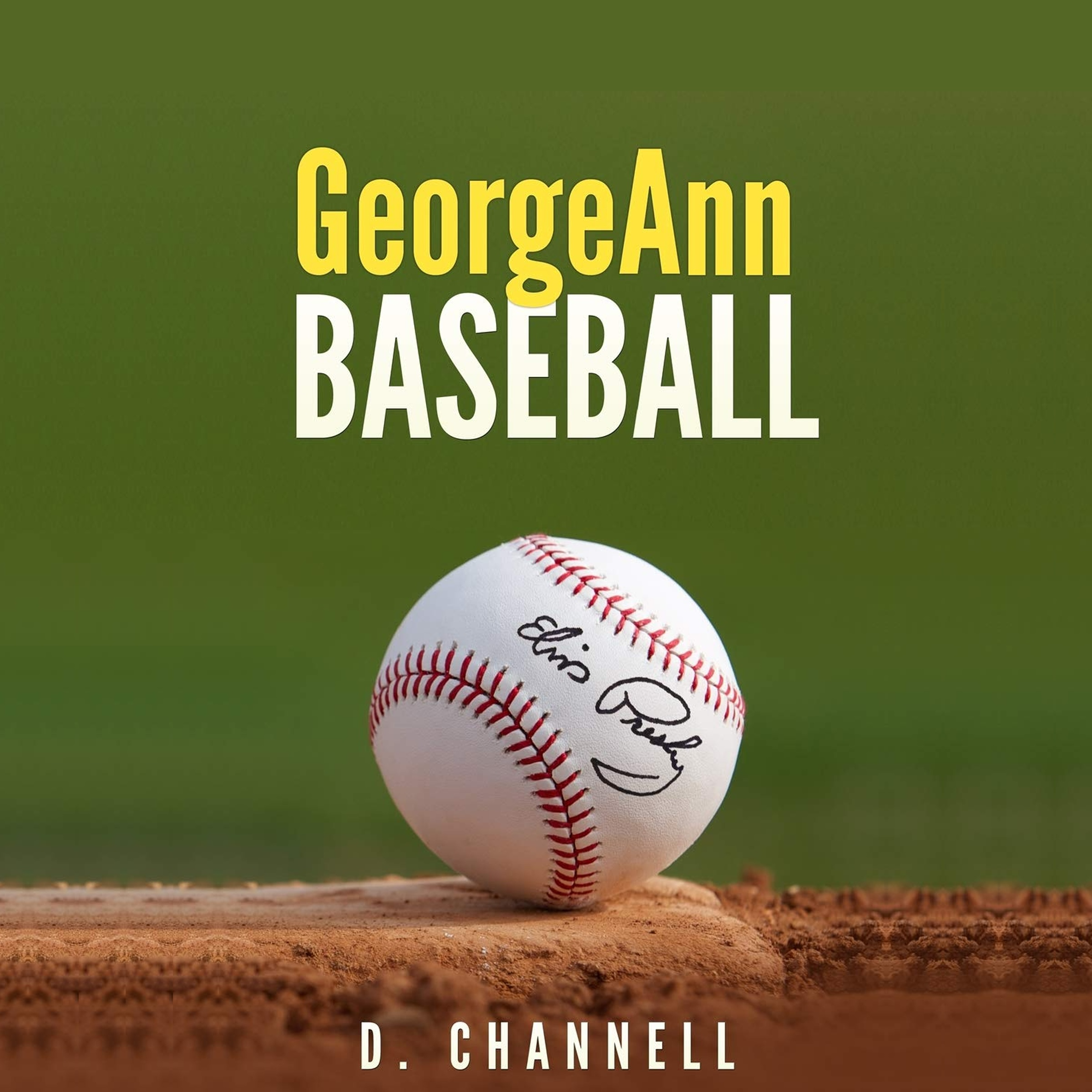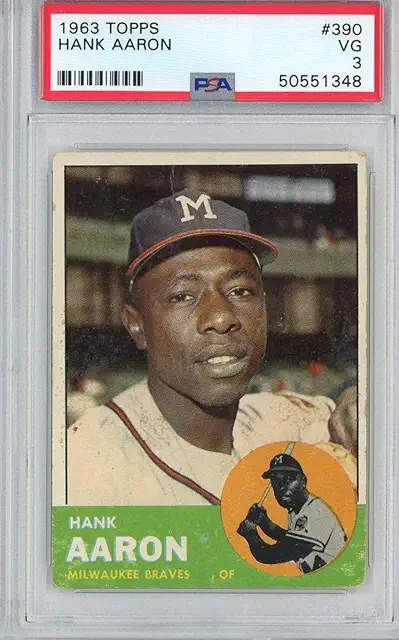Little-League-Field-Dimensions
Staking, Laying Out And Measuring
Your Little League Baseball Field
Little-League-Field-Dimensions in conformance with the little-league-rules is needed for putting a first class playing field in your neighborhood it is not rocket science mathematics nor new world discovery break throughs like say finding a new continent.
Let The Players Participate And Learn
A well planned and maintained baseball diamond with the Little-League-Field-Dimensions we will now leave behind our playing by baseball made up rules while playing on our beautiful properly emplaced source of our pride baseball field.
One of the prime tenets of and purpose of Little League Baseball is to allow our youngsters at an early and formative years of age to know teamwork and team play with the thrill of competition.
Start your road to teamwork as the beginning point by having the community boys and girls be involved with the laying out and the construction of their ball field by following the blueprints of the Little-League-Field-Dimensions.
Giving the basic dimensions for the Little-League-Field-Dimensions we normally refer to the diamond as the 60' basepath playing layout for Little-League-Field-Dimensions.
Shall we not make it be a complicated thing such as needing a well drawn meticulously approved drawings of our Little-League-Field-Dimensions all of which serve no earth shattering enlightening effort when the use of ones own understanding serves us all very well.
GeorgeAnn Baseball perfectly embodies the spirit of baseballfarming. Three best friends, intertwined in a baseball game on a cloudy Texas afternoon learn some of life's most important lessons. The book recreates an epic struggle between two iconic baseball teams that first occurred on May 26, 1959.
First things First: Simply walk the area over looking the grounds and terrain over with an eye for such things as lay of the land and in particular drainage or water runoff due to rain which will surely come.
The Sun rises in the East and usually sets in the West so a Saturday afternoon game with shall we say a starting time of 2:00 PM it will sure make one heck of a difference to the hitters as to how ole Sol is positioned coming onto the playing diamond.
The orientation of your layout for your Little-League-Field-Dimensions relative to the direction of the Sun is very important. Some thing are of nature and we we refer to them as being natural such a the Suns arc of travel.
Playing baseball and learning how to play baseball is part natural, part taught and learned by practice practice and more repetitive practice.
The starting point of your Little-League-Field-Dimensions and layout orientation accounts for how you handle the issue about the 2 till say 5 PM Sun.
Put the Apex or back point of Home Plate pointing toward a westerly direction skewed as required to accomodate the field terrain.
The key here is to protect the hitter while in the batters box from having a blinding Sun shining directly in his eyes. The ability to see that pitchers fast ball coming hell to beat leather is hard enough without being blinded by the Sun.
Now this back or apex point of home plate is where all the measurements for our Little-League-Field-Dimensions will normally have their beginning point.
Here your Little-League-Field-Dimensions are described:
Home plate not only is the starting and ending for all of your Little-League-Field-Dimensions it is the focal point of every game. This is where every hitter stands, it is where the pitchers aims all his pitches, it is where a runner crosses to tally a run scored, it is where the catcher hunkers behind to receive every pitch and it is where our Little-League-Field-Dimensions originate.
Using the back point or tail Apex of home plate a line formed congruent with the and laying in line with the plate edge of this back point or tail of home plate extending all the way to the outfield fence is the foul line.
One edge of this tail of home plate extends to the right and one edge extends ro the left. The left side edge extended we call the left field foul line and the right side edge we call the right field foul line.
There is a minimum distance of (200') allowed for the Little League Baseball Field Dimensions from the Apex or tail of home plate down either foul line to the outfield fence.
Remember this 200' is a minimum distance.
The nine to twelve year old baseball hitting little league toughie this 200 feet pop to put it out of the park or over the fence is a pretty fair challenge.
First base is placed 60' from home plate measuring 60' from the back tail or apex of home plate to the far edge or the outfield side of the first base bag with the outside edge of the bag touching and parallel to the right field foul line.
Third base is placed 60' from home plate measuring 60' from the back tail or apex of home plate to the far edge or the outfield side of the third base bag with the outside edge of the bag touching and parallel to the left field foul line.
Second base is placed 60' to the center of the second base bag and the left field and the right field foul lines and exactly 84'10 and 1/4" from the back point or apex of home plate. The bag orientation must have two of its opposite points or corners pointing to home plate and center field.
This arc of 50' radius is the demarcation line for allowing no outfield grass to come inside this arc. The purpose is to have a natural dirt surface with no cause for interference in the play of ground balls in the infield play area.
This is a waste of time marking for the coaches never stay within the box and umpires usually ignore the requirement. The coaches box area can however come into play during a highly controversial play involving the coaches interference or entanglement in a bang bang play. The only real need for the coaches box is this point of reference for umpire to use in a controversial play call.
The on deck circles are in foul territory toward each of the dugouts about 20' from the catchers box. Again strict adherence to having the on deck batter stay within the circle comes into play during a controversial incident involving the on deck hitter.
With pencil and sketch pad draw out these specific areas showing the dimensions make copies and split the layout crews into teams to establish and mark out the construction dimensions for your little League playing field.
Click on the image to SHOP Vintage Baseball Cards...
...Authentic....and Graded...

